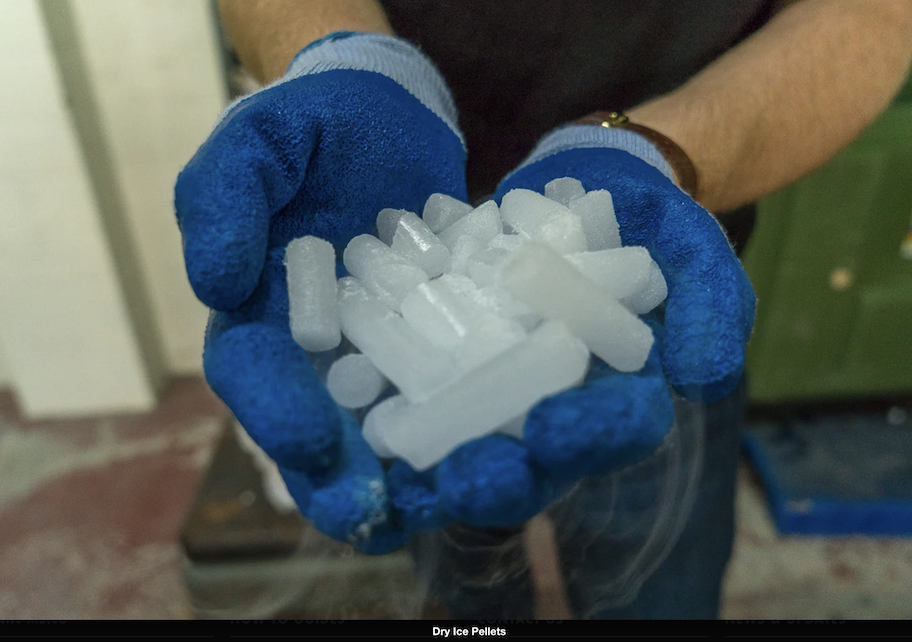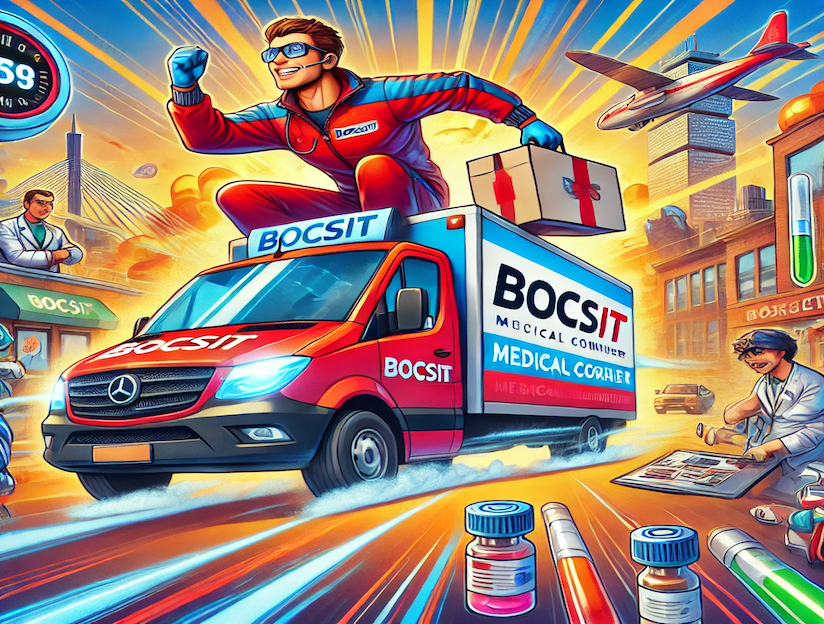Rapid Response: Delivering Medical Specimens Between Departments

In the intricate ecosystem of healthcare, the swift and secure transportation of medical specimens between departments is a critical function that significantly impacts diagnostic accuracy, treatment decisions, and ultimately, patient outcomes. The timely delivery of these specimens—from blood samples to biopsies—ensures that medical professionals have the necessary information to make informed decisions rapidly. This blog explores the importance of efficient specimen delivery within healthcare facilities and outlines strategies to optimize this process.
The Critical Nature of Specimen Delivery
The journey of a medical specimen from collection to analysis is a race against time. Delays in transportation can lead to degradation of the sample, potentially compromising the accuracy of test results. In the context of healthcare, where every second counts, the efficiency of this process cannot be overstated. It's not just about speed; the integrity of the specimen must be preserved, requiring meticulous handling and transportation conditions.
Best Practices for Efficient Specimen Delivery
- Implementing a Dedicated Transport System
Creating a dedicated system for the transportation of medical specimens can significantly enhance efficiency. This could involve designated couriers or automated systems like pneumatic tubes, which reduce human error and transit time. The key is consistency and reliability, ensuring that specimens are moved quickly and safely between departments.
- Standardizing Handling Protocols
Standardization of handling protocols for different types of specimens ensures that they are transported under optimal conditions. This includes temperature control, secure packaging, and clear labeling. Staff training on these protocols is essential, ensuring that everyone involved in the process understands the importance of maintaining specimen integrity.
- Leveraging Technology for Tracking and Communication
The use of technology can greatly improve the specimen delivery process. Implementing a tracking system allows the monitoring of specimens in real time, providing transparency and accountability. Additionally, effective communication tools can facilitate coordination between departments, alerting receiving departments of incoming specimens and enabling them to prepare for immediate analysis.
- Regularly Reviewing and Optimizing Logistics
Healthcare facilities should regularly review their specimen transport processes to identify bottlenecks or inefficiencies. Engaging with staff can provide valuable insights into challenges and potential improvements. Continuous optimization might include adjusting transport routes, and schedules, or even the introduction of new technologies.
- Prioritizing Safety and Compliance
The transportation of medical specimens must comply with regulatory standards to ensure safety and protect patient privacy. This includes adherence to biohazard handling protocols and data protection regulations. A commitment to compliance not only ensures the safety of staff and patients but also the validity and reliability of test results.
The Impact of Optimized Specimen Delivery
Enhancing the delivery of medical specimens within healthcare facilities has a direct impact on the quality of patient care. Faster and more reliable diagnostic processes enable timely treatment decisions, potentially improving patient outcomes. Moreover, efficient logistics can lead to cost savings for healthcare facilities by reducing waste and improving resource allocation.
The delivery of medical specimens between departments is a vital component of the healthcare delivery system. By adopting best practices in transport systems, handling protocols, technology use, logistics optimization, and compliance, healthcare facilities can ensure that this critical function supports rather than hinders patient care. As healthcare continues to evolve, the emphasis on rapid response and precision in specimen delivery will undoubtedly increase, underscoring its importance in achieving excellence in patient care and treatment outcomes.


















